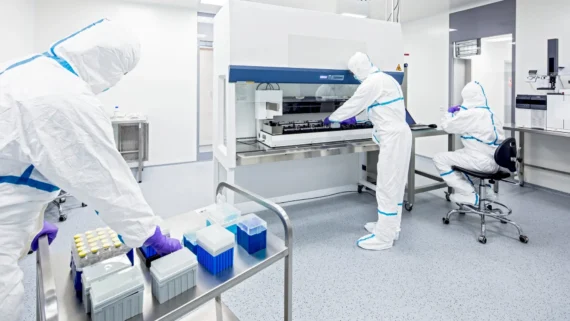Neurospheres and organoids are two types of three-dimensional (3D) cell cultures that are used in disease modelling and drug discovery. While they share some similarities, there are also important differences between the two that researchers should consider when choosing which one to use for their experiments. In this article, we’ll explore the characteristics of neurospheres and organoids and help you determine which one is better suited for your research needs.
What are neurospheres and organoids?
Neurospheres are clusters of neural stem cells that are grown in suspension, while organoids are more complex structures that are frequently derived from stem cells and can mimic the structure and function of organs. Both types of cultures have advantages and disadvantages depending on the research question and the disease being studied.
What are neurospheres used for?
Neurospheres are three-dimensional aggregates of neural stem cells that are commonly used in neuroscience research. They are used to study the properties and behaviour of neural stem cells and their progeny and to develop potential therapies for neurodegenerative diseases.
Neurospheres are typically grown in culture dishes containing a specialized growth medium that supports the growth and differentiation of neural stem cells. They can be used to investigate various aspects of neural development, such as cell proliferation, differentiation, migration, and survival. Neurospheres can also be used to test the effects of drugs or other compounds on neural stem cells and their progeny.
Additionally, neurospheres can be differentiated into various types of neural cells, such as neurons, astrocytes, and oligodendrocytes, which can be used to study the development and function of these cells in the brain. They may also be used for cell replacement therapies for neurological disorders like Parkinson’s disease, spinal cord injuries, and multiple sclerosis, as the stem cells can be used to generate new neural cells to replace those that have been lost or damaged.
What are organoids used for in neuroscience research?
Organoids are three-dimensional structures derived from stem cells that can mimic the structure and function of specific organs, including the brain. In neuroscience research, brain organoids are used to study various aspects of brain development, function, and disease.
Brain organoids can be generated from human pluripotent stem cells, such as induced pluripotent stem cells (iPSCs), and are cultured in specialized conditions that promote their differentiation into various types of neural cells, such as neurons and glia. By controlling the culture conditions and providing appropriate cues, researchers can generate brain organoids that resemble various regions of the human brain, such as the cerebral cortex, hippocampus, and midbrain.
Brain organoids can be used to study the mechanisms underlying various neurological disorders, such as Alzheimer’s disease, Parkinson’s disease, and autism spectrum disorders. Researchers can also use brain organoids to investigate the effects of drugs or other interventions on brain development and function.
Brain organoids may also be useful for developing personalized medicine approaches to treat neurological disorders. By generating brain organoids from patient-derived iPSCs, researchers can study the specific genetic and molecular abnormalities associated with a particular patient’s disease and test potential therapies in vitro.
Overall, brain organoids have the potential to revolutionize our understanding of brain development and disease, and to accelerate the development of new treatments for neurological disorders.
What are the advantages and disadvantages of using neurospheres and organoids in disease modelling?
Both neurospheres and organoids have their unique advantages and disadvantages when it comes to disease modelling.
Neurospheres, being simpler structures, are easier to manipulate and modify, and can be used to study the basic properties of neural stem cells and their progeny. They are also relatively easy to scale up, making them useful for high-throughput drug screening assays. However, neurospheres lack the three-dimensional organization and complexity of the brain, which may limit their ability to accurately model certain aspects of brain development and disease.
Organoids, on the other hand, more closely mimic the structure and function of the brain and can be generated to resemble specific regions of the brain or to model specific diseases. This makes them more suitable for studying complex neural circuits and interactions between different cell types. However, organoids are more challenging to generate and maintain, and their size and complexity can make them difficult to analyze and manipulate.
In summary, the choice between using neurospheres or organoids for disease modelling depends on the specific research question and the disease being studied. For some diseases or aspects of brain development, neurospheres may be more appropriate, while for others, organoids may provide a more accurate and realistic model. Ultimately, both neurospheres and organoids have their unique strengths and limitations, and researchers need to carefully consider which model system is most appropriate for their specific research question.










